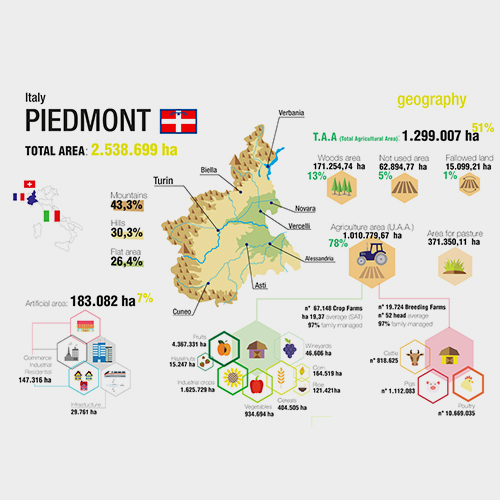Systemic design and policy making
The case of the Retrace project
DOI:
https://doi.org/10.7577/formakademisk.2219Sammendrag
The paradigm shift from a linear to a circular economic model has been increasingly advocated by many, from the scientific community to governments. The benefits of a Circular Economy (CE) are particularly appealing for Europe, considering the issues Europe is currently facing. Even though the European Union (EU) promotes activities to support the transition to a CE, several economic, social and regulatory barriers hinder this. The full potential of a CE can be realised only after these barriers have been overcome. Given the current European context in relation to policymaking for a CE, the paper provides a case study of the RETRACE Interreg Europe project to argue that the methodology of the Systemic Design approach can support the transition to a Circular Economy, thus overcoming existing barriers. The focus of the discussion will be narrowed to the Piedmont region (Italy) to better support the argument.

Nedlastinger
Publisert
Hvordan referere
Utgave
Seksjon
Lisens
- Forfatteren(e) beholder sin opphavs- og kopieringsrett til eget manuskript, men gir tidsskriftet varig rett til 1) å fremføre manuskriptet for offentligheten i den opprinnelig publiserte digitale form, og 2) å registreres og siteres som første publisering av manuskriptet.
- Forfatteren må selv forvalte sine økonomiske kopieringsrettigheter overfor eventuell tredjepart.
- Tidsskriftet gir ingen økonomisk eller annen kompensasjon for innsendte bidrag, medmindre det er gjort særskilt avtale om dette med forfatteren(e).
- Tidsskriftet plikter å arkivere manuskriptet (inklusive metadata) i den opprinnelig publiserte digitale form, i minst ett dertil egnet åpent tilgjengelig langtidsarkiv for digitalt materiell, som for eksempel i de norske universitetenes institusjonsarkiv innen rammen av NORA-samarbeidet.
- Lesere av tidsskriftet kan ta utskrift av de fremførte manuskriptene under samme betingelser som gjelder ved kopiering av fysiske eksemplar. Dette innebærer at masseframstilling av fysiske eksemplar, eller framstilling av eksemplar for kommersielle formål, ikke er tillatt uten etter avtale med forfatteren(e).



